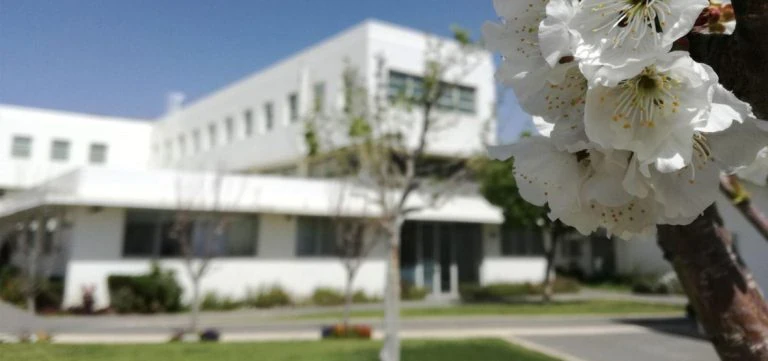The Rebuilt City—From the Mamilla Jerusalem Shopping Mall to Business Centers
The Bible promises a rebuilt Jerusalem. The truth is the city has been redefined and rebuilt many times over the centuries. And today, it is undergoing another building and construction boom. Since the Mamilla Jerusalem Shopping Mall, one of the first large modern urban renewal projects that have been changing the landscape of the city, opened in 2007, construction has been constant. Many of the projects during the last decade or so, including the Mamilla Jerusalem Shopping Mall and the First Station shopping and dining complex, have featured a blend of oil and new, even using the original structures or stones to create new buildings.
But while many Jerusalem building projects still strive to blend old and new, today’s ongoing construction boom also includes projects to fill in the empty areas of the city, both in the center and on its edges.
A new high tech and business center at the city’s entrance
No one can miss the cranes that dot the city’s skyline, especially at the entrance of Jerusalem, where the Jerusalem Development Authority’s plan for a thriving business center is coming to fruition.
The project will feature dozens of office towers, some up to 36 stories high, along with apartments, cultural event spaces, and underground parking. The city hopes this will encourage the continued development of Jerusalem’s economy, including its high tech sector. The project is near the high-speed train to the airport, Tel Aviv and beyond, as well as the city’s light rail and central bus station.
Like the Mamilla Jerusalem Shopping Mall transformed the Jaffa Gate entrance to the Old City, this project is bringing a much-needed change and update to the entrance to the new city.
Trains and Parking: Beyond the Mamilla Jerusalem Shopping Mall
When the Mamilla Jerusalem Shopping Mall opened in 2007, one of its big roles, in addition to being an upscale shopping and dining center, was to provide parking and pedestrian access to the Old City’s Jaffa Gate. The same holds true for the large project underway today at the entrance of the city. It will feature large amounts of parking, which in addition to serving the business center, will be a place that visitors can leave their cars and use public transportation, including the light rail, to reach the Old City.
Meanwhile, it seems there are light rail lines under construction all over the city. While the current construction comes with some noise and traffic issues, all the work will soon create a seamless way to travel around the city on new rail lines, connecting once far-flung places, like Hadassah Hospital in Ein Kerem, to the center of the city.
In addition, by 2030, the train from Tel Aviv will also reach new stops in Jerusalem, including in the central downtown area and by First Station.
Urban Renewal For Residential Homes
One of the most unique aspects of the current building boom is the Tama 38 Urban Renewal program, which aims to expand and strengthen existing apartments in Israel, including in Jerusalem. The program, the only one of its kind in the world, is in full-swing. Under the scheme, developers add elevators, earthquake-proof support, balconies and reinforced safe rooms, plus additional floors of apartments to the buildings. Apartment owners receive their upgraded homes back for free, and the developer sells the additional floors of new apartments in order to finance all of the work.
The idea is that it expands the housing supply and makes buildings safer and more secure, ensuring that the city keeps growing into the future. This program along with the numerous other building projects and the train extension projects creates a feeling of growth and anticipation in Jerusalem. Once again, the ancient city is transforming itself.
More Articles:


